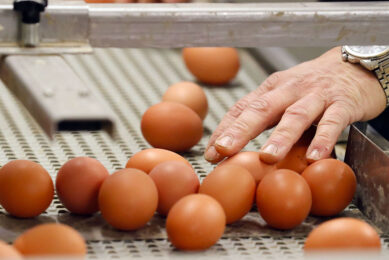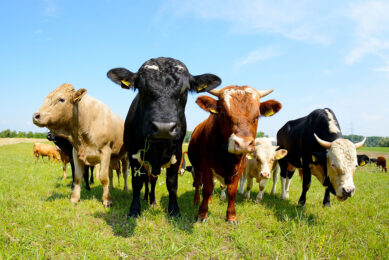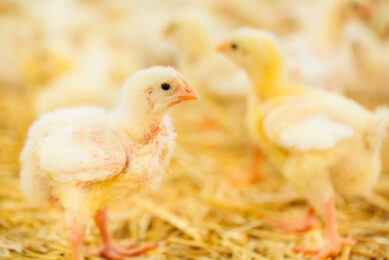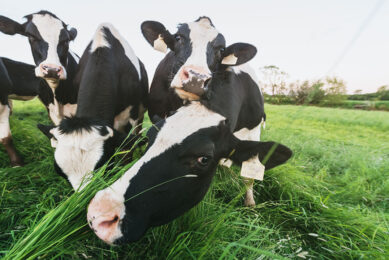Maximising the crop mineral status
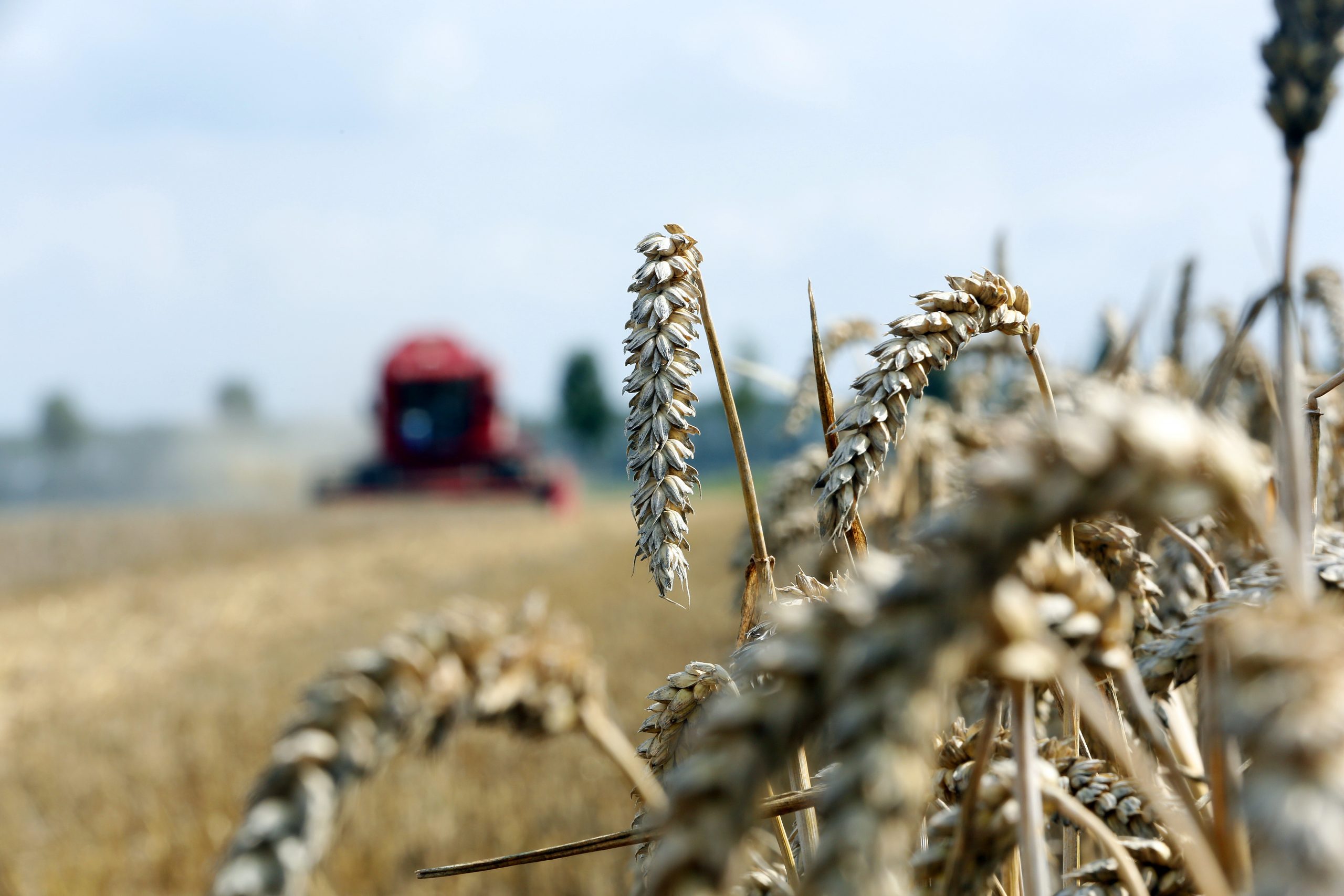
Animal producers are constantly looking for more efficient feed ingredients to increase bioavailability and reduce inputs, which poses the question: does the crop industry seek to maximise nutrient efficacy in the same way?
The first half of the 20th century heralded a shift in the way crop production was managed. The Green Revolution adopted high-yielding crop varieties, better irrigation systems and a greater reliance on synthetic fertilisers and pesticides, focusing purely on generating enough to feed a booming population. While this approach was fit for purpose at the time, there was little regard for sustainable production and the effects of these practices are being felt today, in diminished soil quality and as a direct consequence, nutritionally compromised foodstuffs.
Modern agriculture is facing 2 daunting challenges; doubling year-on-year production to feed a longer-living population and while doing this, address the growing issue of hidden hunger, whereby food may be calorie rich but doesn’t provide the nutritional quality, necessary for a healthy balanced diet. Crop nutritional management will be a key aspect of the next Green Revolution, which is looking towards technology and more sustainable practices to help make crop production more efficient; to get more out of less.
A new approach
Crop biostimulants are a relatively new concept and their exact definition tends to be vague and far reaching at best. Largely accepted as a fairly versatile term, biostimulants typically describe a natural substance which aims to improve plant function and efficacy, often added at relatively low levels and encompassing everything from seaweed extract, to beneficial microorganisms, to amino acid containing products. Regardless of definition, more and more producers are adopting biostimulants into their management practices, motivated not only by the increasing regulation associated with agrochemicals and pesticides; but also, an evolving consumer demand for more sustainable and responsible production practices. This shift in thinking has seen the EU organic sector grow at 5.5% per year over the last decade, with 6.2% of farmable land dedicated to organic production (Eurostat, 2015). For those who have not turned to completely organic systems, there has been a considerable uptake of biostimulants as a finishing tool, with producers seeking to reduce the legacy of pesticides and agrochemicals prior to harvest.

Learning from other feeding practices
Mineral deficiencies in crops is a growing concern, fuelled largely by soil and environmental conditions and typically alleviated by foliar mineral amendments. In the animal industry, mineral supplementation to correct or prevent deficiencies is common practice, but more recently, there has been a growing appreciation of how mineral form affects bioavailability and animal productivity. The adoption of organic trace minerals (OTMs) over inorganic trace minerals (ITMs) is testament to this, with studies demonstrating improved mineral uptake and reduced waste when OTMs are supplemented to the diet. A key feature of OTMs in animal nutrition is enhanced stability due to the manner in which the mineral is bound by an organic ligand. As crop mineral deficiencies are readily instigated by a range of abiotic stresses, foliar amendments, typically in the form of ITMs, are routinely added to spraying programmes. However, just as in animal nutrition, may OTMs be a more efficient delivery approach for mineral supplementation in crops?
Not all minerals are created equal
In terms of crop nutritional management, micronutrients play a crucial role in plant health and development. Despite their relatively small inclusion rates, research in the area of trace minerals has demonstrated that form and application approach play important roles in uptake efficiency and ultimately, crop productivity. There are many forms of minerals currently on the market and are often generically referred to as either inorganic, typically in the form of sulphates or carbonates, or as organic minerals, whereby a mineral is bound to an organic ligand such as an amino acid.
Figure 1 – Yield responses in wheat to manganese supplementation.

Mineral form impacts efficacy
Manganese (Mn) is an essential plant mineral, with key functions in a number of photosynthetic processes. Deficiency in crops is a widespread issue, largely mediated by soil type with sandy, compacted, high organic matter and high pH soils all contributing to the problem. Cereals are particularly susceptible, with significant yields losses reported in cases of both moderate and severe deficiencies. Studies demonstrating improved mineral bioavailability have highlighted the potential benefits of organic mineral sources over their inorganic counterparts. In a field study looking at manganese supplementation in winter wheat, foliar applications with both Organic Mn and Inorganic Mn sources at equivalent mineral levels, notably improved final grain yields, equating to increases of 5.2% and 3.2% respectively (Figure 1). Even in fields with only a slight manganese deficiency, yield improvements were achieved through supplementation but perhaps more interestingly, mineral type had a direct effect on the manganese status of the resulting grain. In the same field trial, grain quality analysis showed a 6% increase in manganese levels in wheat plots treated with Organic Mn compared to those treated with Inorganic Mn (Figure 2).
Figure 2 – Effect of manganese source on grain mineral concentration.

Manganese on the move
Like most mineral micronutrients, manganese has a relatively poor mobility in plants, with deficiencies tending to appear as visual discolouration in younger leaves, also known as chlorosis. The increased deposition of manganese in grain when presented in an organic form (as seen in Figure 2) highlights the importance of nutrient source when it comes to maximising supplemental mineral efficacy. To better understand the underlying mechanics of this, the ability of mineral source to alleviate manganese deficiency in wheat plants was investigated, using leaf fluorescence as an indication of mineral uptake. Given the role of manganese in photosynthesis and chlorophyll function, fluorescence levels drop considerably in an Mn deficient state (Figure 3). Alleviating that stress with foliar applications of manganese works to bring levels back towards a theoretical 100%, non-deficient state. As illustrated in Figure 3, Organic Mn sources had a far greater ability to do this compared to Inorganic Mn, with increased fluorescence levels in both the leaf tip and leaf base when the mineral source was applied directly to the middle of the leaf.
Figure 3 – Alleviating manganese deficiency is dependent on mineral source.

What does this mean for crop nutrition?
Inconsistencies in crop production have been traditionally resolved by resorting to synthetic fertilisers and agrochemical amendments. However, stricter regulations, less efficient soils and a greater market demand for more sustainably grown produce is disrupting the current agricultural landscape. While the industry itself is moving towards a greater reliance on automation and technology to improve crop management processes, there still needs to be a focus on nutritional quality if we are to meet the dietary demands of a growing, longer-living population. Crop management can take a lot from animal nutrition in this regard, with a better appreciation of nutrient bioavailability and a more informed understanding of how mineral form can be a key determinant of mineral efficacy. Given fluctuating market prices, profitability is being driven more and more by production efficiencies and these potential benefits are key to maximising crop productivity.
By Mark Gaffney, Phd, Research Project Manager, Alltech European Bioscience Centre, Ireland




